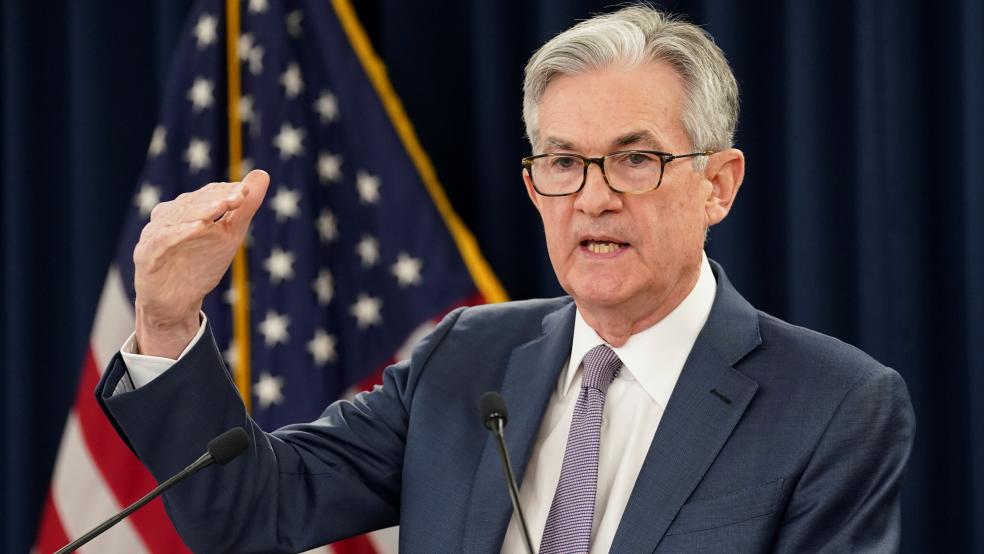The Federal Reserve said Wednesday that it is seeing more evidence that its battle against inflation is producing the desired results, a sign that rate cuts could be on the agenda at its next meeting in September.
Concluding its two-day meeting for July, the Federal Open Market Committee said it will maintain its key interest rate at a two-decade high range between 5.25% and 5.5% for now. But thanks to a steadily improving outlook, rate cuts are now coming into view.
“In recent months, there has been some further progress toward the committee’s 2% inflation objective,” the FOMC said in a statement. “The committee judges that the risks to achieving its employment and inflation goals continue to move into better balance.”
The FOMC said that while inflation is still “somewhat elevated,” it has eased over the past year, especially in the last few months. At the same time, job gains have “moderated” and unemployment has started to creep higher, while remaining relatively low.
At a press conference, Fed chief Jerome Powell said the central bank would continue to look carefully at the economic data as it considers its next move. “The question will be whether the totality of the data, the evolving outlook, and the balance of risks are consistent with rising confidence on inflation and maintaining a solid labor market,” he told reporters. “If that test is met, a reduction in our policy rate could be on the table as soon as the next meeting in September.”
Still, there is no guarantee that there will be a rate cut in September, as the FOMC statement made clear: “The Committee does not expect it will be appropriate to reduce the target range until it has gained greater confidence that inflation is moving sustainably toward 2 percent.”
What the experts are saying: The Fed has now taken a “baby step” toward the rate cut that analysts are betting will occur in September, Omair Sharif of the Inflation Insights research group said in a note to clients. "I expect that further good news on the inflation front in July should set up the Chair to deliver a more meaningful signal that a rate cut in September is very likely," he wrote, per NBC News.
RSM Chief Economist Joseph Brusuelas said he expects the Fed to cut rates by 25 basis points in September, and then again by the same amount in December. Economic data cited by the FOMC “strongly implies that the Fed is now prepared to reduce a policy rate [that] is too restrictive for an economy that has an inflation rate at 2.5% and is steadily moving toward the 2% target,” Brusuelas wrote. “We are confident that the Fed will reach its target next year.”
While the Fed’s analysis was welcome in most quarters, sending stocks higher and pushing bond yields down, some analysts were disappointed that the central bank wasn’t moving more aggressively to help boost a slowing economy.
“The finish line is in sight and it would be tragic for the Fed to stumble and fall, with one-tenth of a mile left in the marathon, which is what I think they would be doing if they don’t start cutting,” said Bharat Ramamurti, a former economist in the Biden White House, per the Associated Press.
Ramamurti’s comments highlight the unavoidable political context of the decision facing the Federal Reserve. Some Republicans are already accusing the central bank of being too dovish in what they say is an effort to help the Biden administration by boosting the economy. At the same time, some Democrats are accusing the Fed of moving too slowly to cut rates, in order to appease conservatives.
Powell pushed back against those accusations on Wednesday. “Anything we do before, during, or after the election will be based on the data,” he said.



